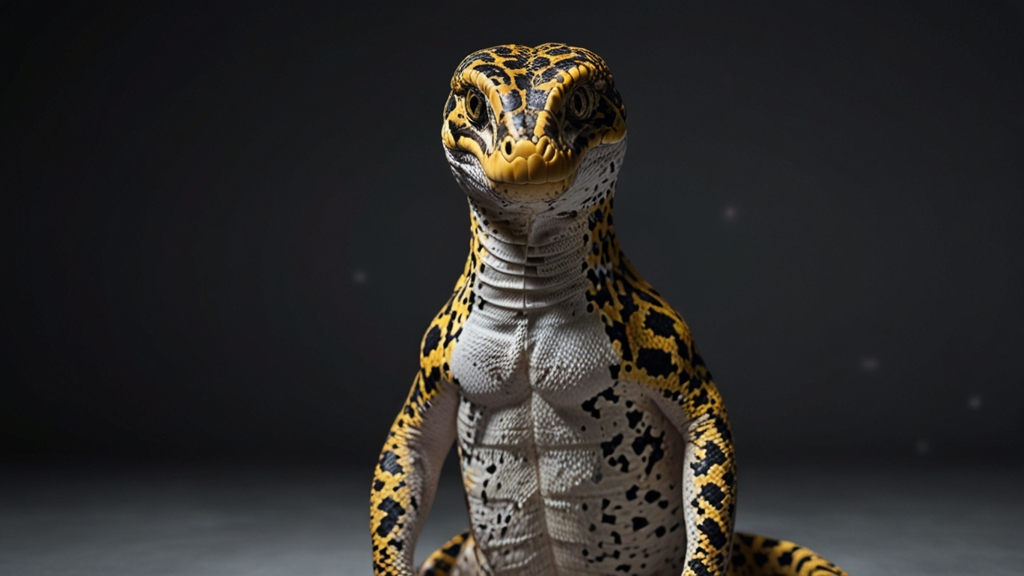Gods of Mesopotamia: Meet the Deities Who Shaped a Civilization
Mesopotamia, often referred to as the cradle of civilization, was home to one of the most complex and enduring pantheons in ancient history. The gods and goddesses of Mesopotamia were not mere figments of imagination; they were intrinsic to the culture, politics, and daily life of the people who lived between the Tigris and Euphrates rivers. This article delves into the major deities who wielded immense power and influence over Mesopotamian society.
Anu: The Supreme Sky God
Anu was the king of the gods, the supreme deity who ruled over the heavens. He was considered the ultimate source of all authority, governing the sky and bestowing kingship upon earthly rulers. Anu’s domain was immense, symbolizing both the vastness of the cosmos and the far-reaching power of the divine. Temples dedicated to Anu were among the most prominent in major cities like Uruk.
"Anu's authority was unquestionable, his power extending beyond the realm of the skies and into the fabric of daily life. His favor, or lack thereof, was believed to influence the fate of empires."
Enlil: The God of Wind and Storms
Second in command only to Anu, Enlil was the god of wind, air, earth, and storms. He wielded his power to grant favors, bring forth storms, or unleash his wrath upon those he deemed unruly. Enlil’s significance was such that he was often considered the executive force behind Anu’s sovereign rule. The Ekur temple in Nippur was dedicated to Enlil and served as a major religious center.
Enlil’s fluctuating temperament was a reflection of the unpredictable nature of the elements he controlled. He could be benevolent, ensuring the fertility of the land, or destructive, bringing devastation through storms and natural disasters.
Inanna/Ishtar: Goddess of Love and War
Inanna, also known by her Akkadian name Ishtar, was one of the most dynamic and revered deities. She embodied both love and war, fertility and destruction. As the goddess of love, she presided over romantic and erotic affairs, fertility, and childbirth. As a warrior goddess, she was fierce and relentless on the battlefield.
"Inanna’s duality made her one of the most relatable and feared deities. Her ability to nurture life and bring chaos in war symbolized the dual nature of human existence."
Inanna’s myths are among the most captivating, detailing her descent into the underworld and subsequent rebirth, which symbolizes the cycle of life, death, and renewal. Her central temple, the Eanna, was located in the city of Uruk and was one of the largest cultic centers in Mesopotamia.
Enki/Ea: The God of Wisdom and Water
Enki, known to the Akkadians as Ea, was the god of water, wisdom, creation, and magic. He was often depicted as a benefactor of humanity, using his immense wisdom to aid and protect. Unlike the tempestuous Enlil, Enki was viewed as a more approachable and benevolent god.
Enki’s domain extended to the freshwater realms, including rivers, lakes, and marshes, which were vital to the survival and prosperity of Mesopotamian civilization. His wisdom not only encompassed practical knowledge but also mystical and arcane secrets.
The Legacy of Mesopotamian Deities
The gods and goddesses of Mesopotamia were more than mythological figures; they played a pivotal role in shaping the values, laws, and daily practices of one of the world's earliest civilizations. Temples dedicated to these deities were not only places of worship but also centers of learning, offering insights into agriculture, astronomy, medicine, and law.
"The pantheon of Mesopotamia offers a profound glimpse into the human need to understand and personify the forces that govern life and nature. These deities were reflections of the hopes, fears, and wisdom of a vibrant and complex society."
In studying the gods of Mesopotamia, we not only learn about ancient spiritual beliefs but also gain a deeper appreciation for the cultural and intellectual advancements prompted by these powerful divine figures. Their stories continue to inspire and educate, bridging the ancient and modern worlds.









